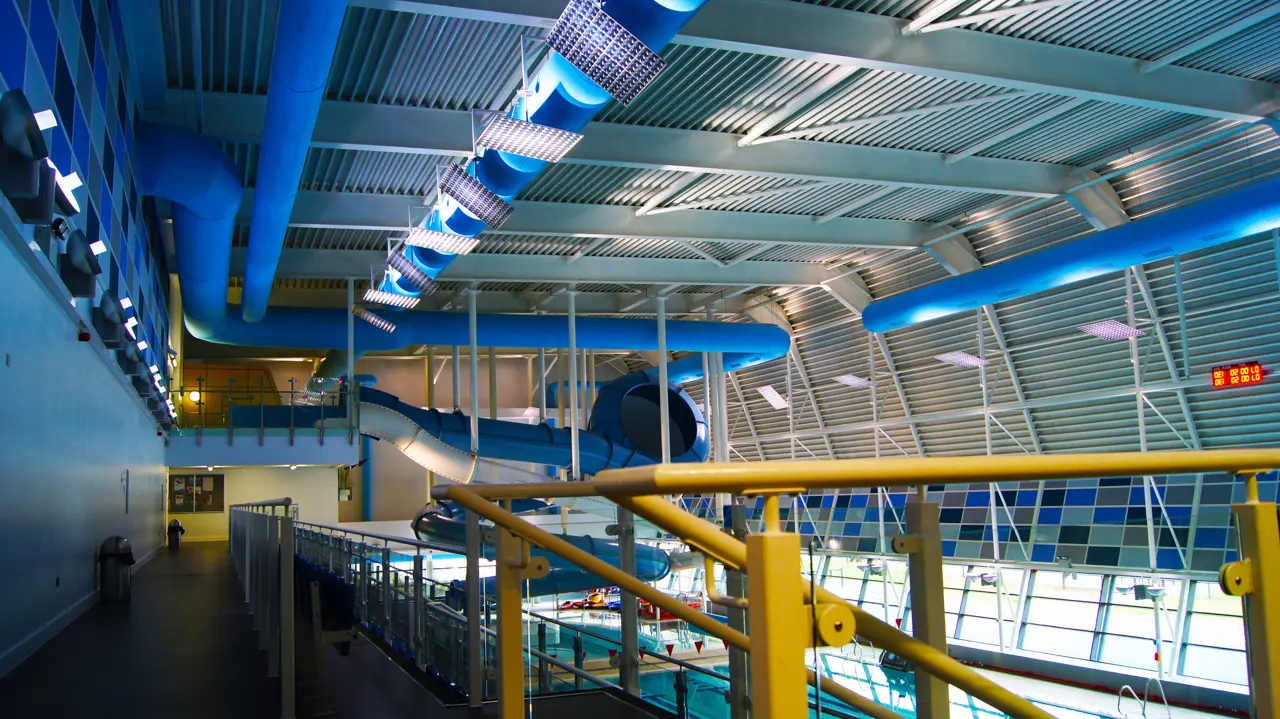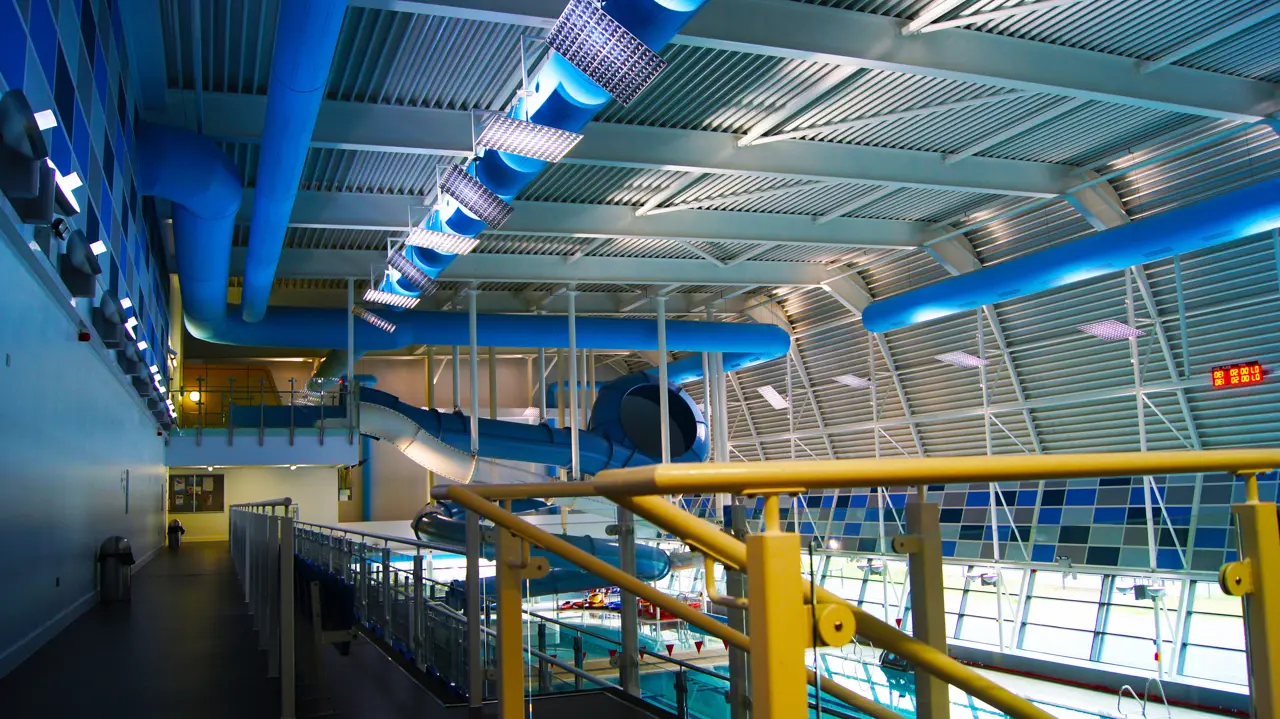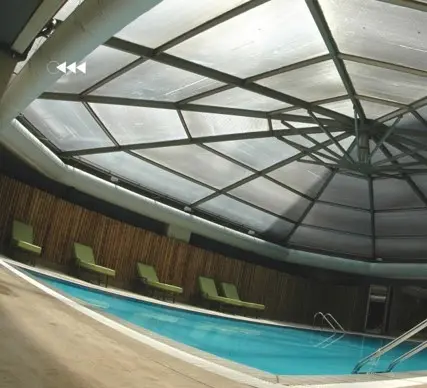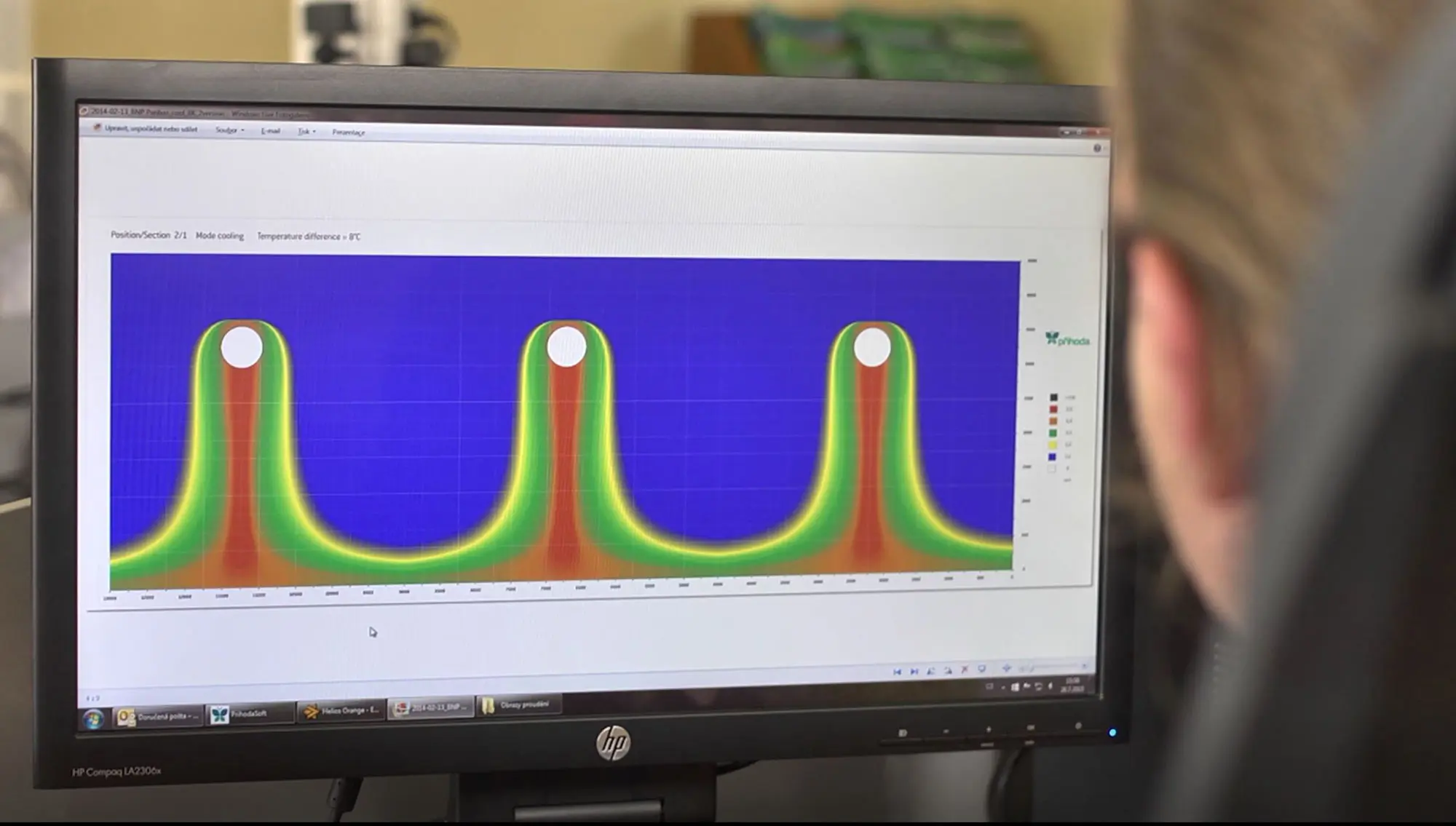Custom Ducting Solutions
Building Blocks Of A Fully Customized Air Distribution System
Today’s textile diffuser systems are constructed from highly engineered polyester fabrics—materials that do not rust or corrode and do not need any sealing, painting, or finishing once installed. This material allows for an extremely flexible ventilation design.
Prihoda has developed a wide range of ducting and dispersion options, with a full line of different fabric types, duct shapes, mounting styles, and dispersion methods. These options can be combined in any number of configurations, to create a fully customized, precision-engineered air distribution system that meets the requirements of any space.
Below are the four main important aspects to specify for fabric diffusers.

Frequently Asked Questions About Custom Duct Solutions from Prihoda
What is the primary purpose of Air Ducts?
Air ducts form a vital component of any HVAC system for both residential as well as commercial buildings. Some of the most noteworthy functions of air ducts include –
- Offering ample ventilation
- Regulating the temperature
- Reducing foul odors from the air
- Removing contaminants from the air
- Offering a breathable atmosphere for the occupants
Do Duct Work systems need frequent cleaning?
Most duct work systems do not require frequent cleaning. However, the recommended cleaning schedule may differ based on the specific application of the custom duct. Hence, it is best to seek assistance from an expert, so that the ductwork can be maintained in the most efficient manner possible.
What are the benefits of installing Agricultural HVAC?
Custom duct installation process in an agricultural facility can benefit in a number of ways, the most prominent of which include –
- Controlling the temperature of the indoor farm while keeping the costs low
- Ensuring appropriate humdidty levels based on the type of crops
- Enabling ample ventilation for the crops
Is there a minimum/maximum length that is recommended for fabric duct fittings?
The ideal length for fabric ductwork largely depends on the specific application of the business, the dimensions of the rooms, air distribution requirements and more. We recommend that you consult an expert for the exact sizing of the duct work.
Do textile ducts need high maintenance?
While it is always recommended to get your textile duct inspected in a timely manner, preferably at least once a year, you must know that textile ducts have a high resistance to wear and tear. Since these ducts are completely washable and the installation process rather clean and hygienic, you can rest assured of exceptional performance of these ducts for years at end.
What are the fabrics used for custom duct work by Prihoda?
Prihoda proudly uses standard fabrics that are UL/ULC listed. These fabrics are both easy to maintain and durable. Moreover, their appearance stays the same over the course of many years. Some of our most sought after fabrics include –
- Prihoda Durable – A heavy weight fabric
- Prihoda Glass – A very heavy weight, flexible, fiberglass material
- Prihoda Plastic – An almost rigid PVC-type material
- Prihoda Foil – A super light material
- Prihoda Translucent – A clear material reinforced with a fiber grid
 English
English Français
Français






